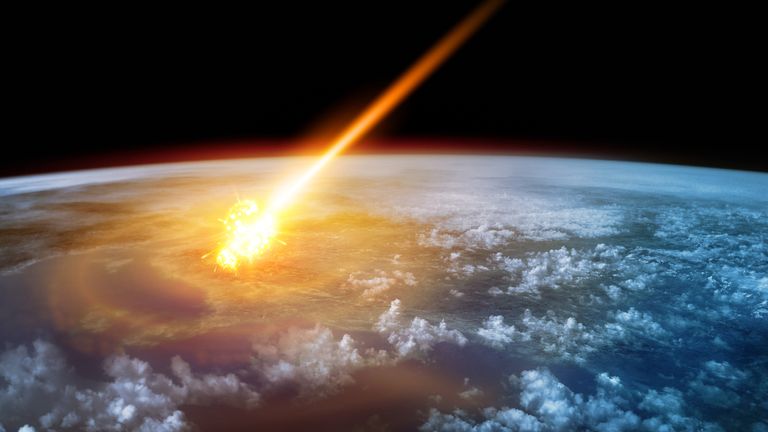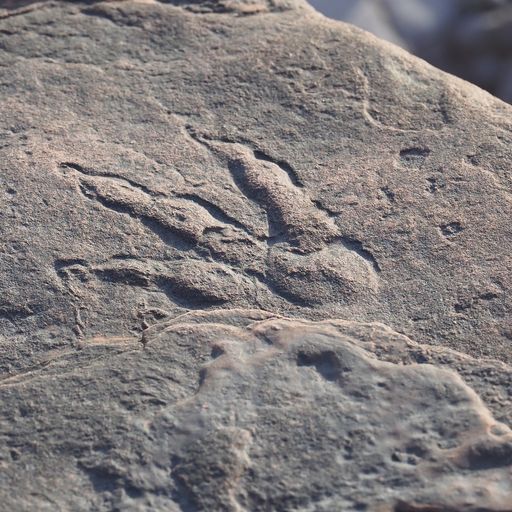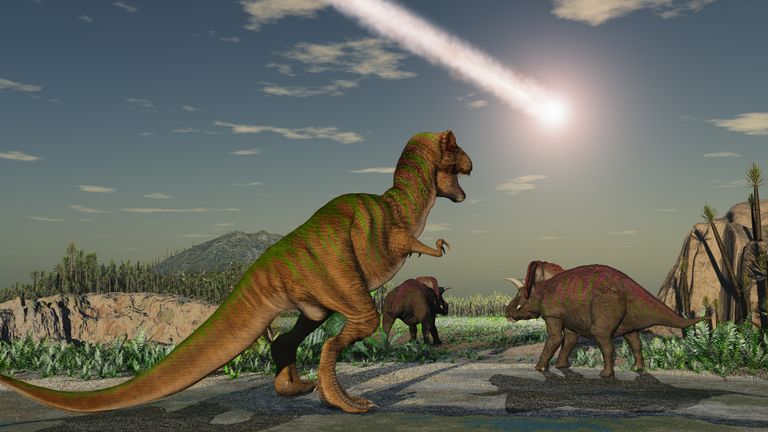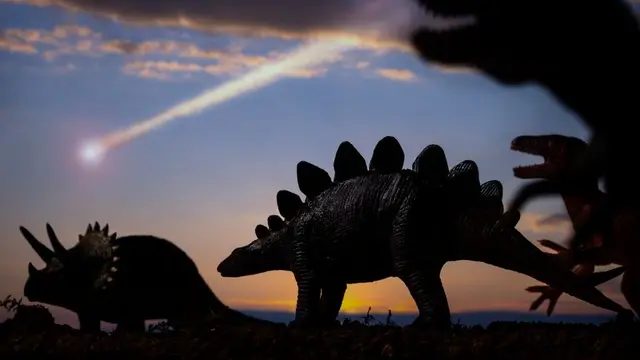Scientists think they may be a step closer to understanding where the asteroid or comet that wiped out the dinosaurs came from.
The Chicxulub impactor smashed into the earth off the eastern shore of what is now Mexico, leaving a crater 100 miles across and 12 miles deep.
It ended the reign of the dinosaurs - taking out three quarters of plant and animal life with them - about 66 million years ago.

Image:Three quarters of animal and plant life was taken out by the impact
Experts from Harvard University in the US believe they have figured out how such a large chunk of extra terrestrial rock ended up spelling death for the giant reptiles.
The gravity of the massive planet Jupiter draws comets from the icy outer edges of the solar system and hurtles them inwards, towards the sun.
As the comets slingshot around the sun, the gravitational power of the star breaks apart the cosmic missile.
The resulting shards fly across the solar system - increasing the chance of a collision with planets like Earth.
Undergraduate student Amir Siraj explained: "The solar system acts as a kind of pinball machine.
"Jupiter, the most massive planet, kicks incoming long-period comets into orbits that bring them very close to the sun."
Long-period comets take at least 200 years to orbit the sun, and come from a region of the solar system known as the Oort cloud.

Walking with dinosaurs
Girl, 4, finds prehistoric footprint on beach stroll with father
The cloud is thought to exist between 2,000 and 100,000 astronomical units away from the sun - each astronomical unit is the average distance between the Earth and the sun, or about 93 million miles.
The shattering of the comets is known as "sungrazing".
Mr Siraj added: "In a sungrazing event, the portion of the comet closer to the sun feels a stronger gravitational pull than the part that is further, resulting in a tidal force across the object.
"You can get what's called a tidal disruption event, in which a large comet breaks up into many
smaller pieces.
"And crucially, on the journey back to the Oort cloud, there's an enhanced probability that one of these fragments hit the Earth."
Astronomer Avi Loeb said: "Our paper provides a basis for explaining the occurrence of this event.
"We are suggesting that, in fact, if you break up an object as it comes close to the sun, it could give rise to the appropriate event rate and also the kind of impact that killed the dinosaurs."

Image:The comet struck around 66 million years ago
The paper, published in Nature's Scientific Reports, shows new calculations which increase the likelihood of a long-period comet striking the Earth by a factor of 10.
It also suggests that the carbonaceous chondrite material the dinosaur-killing comet was made of is more commonly found in the Oort cloud - something which the pair hope to study more.
 简体中文
简体中文

